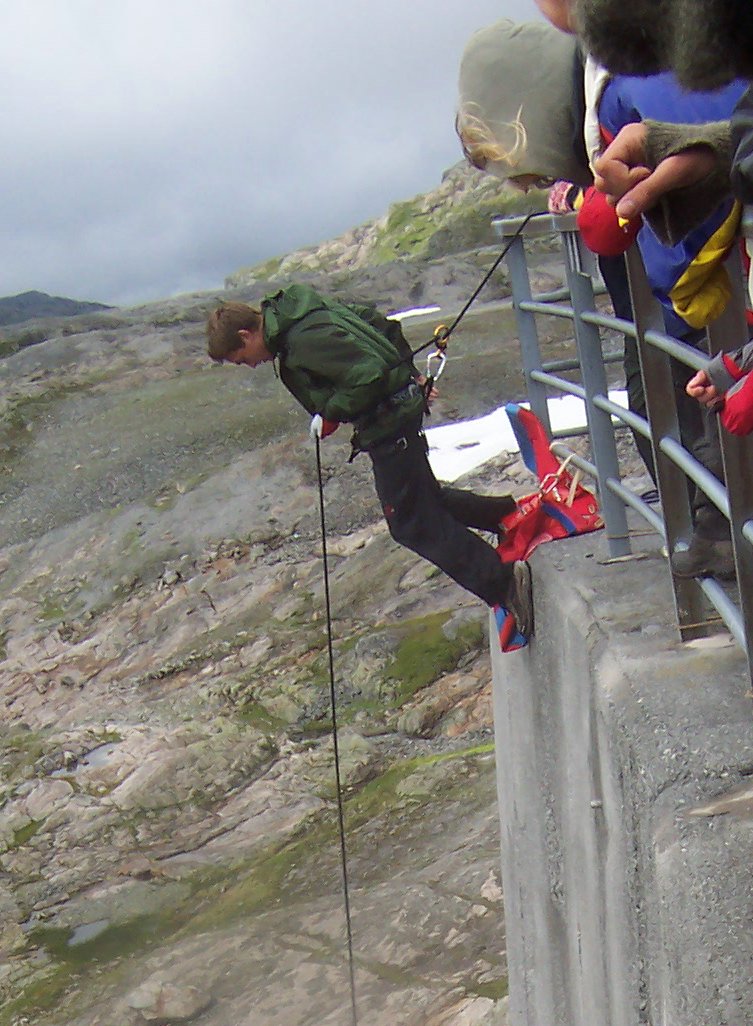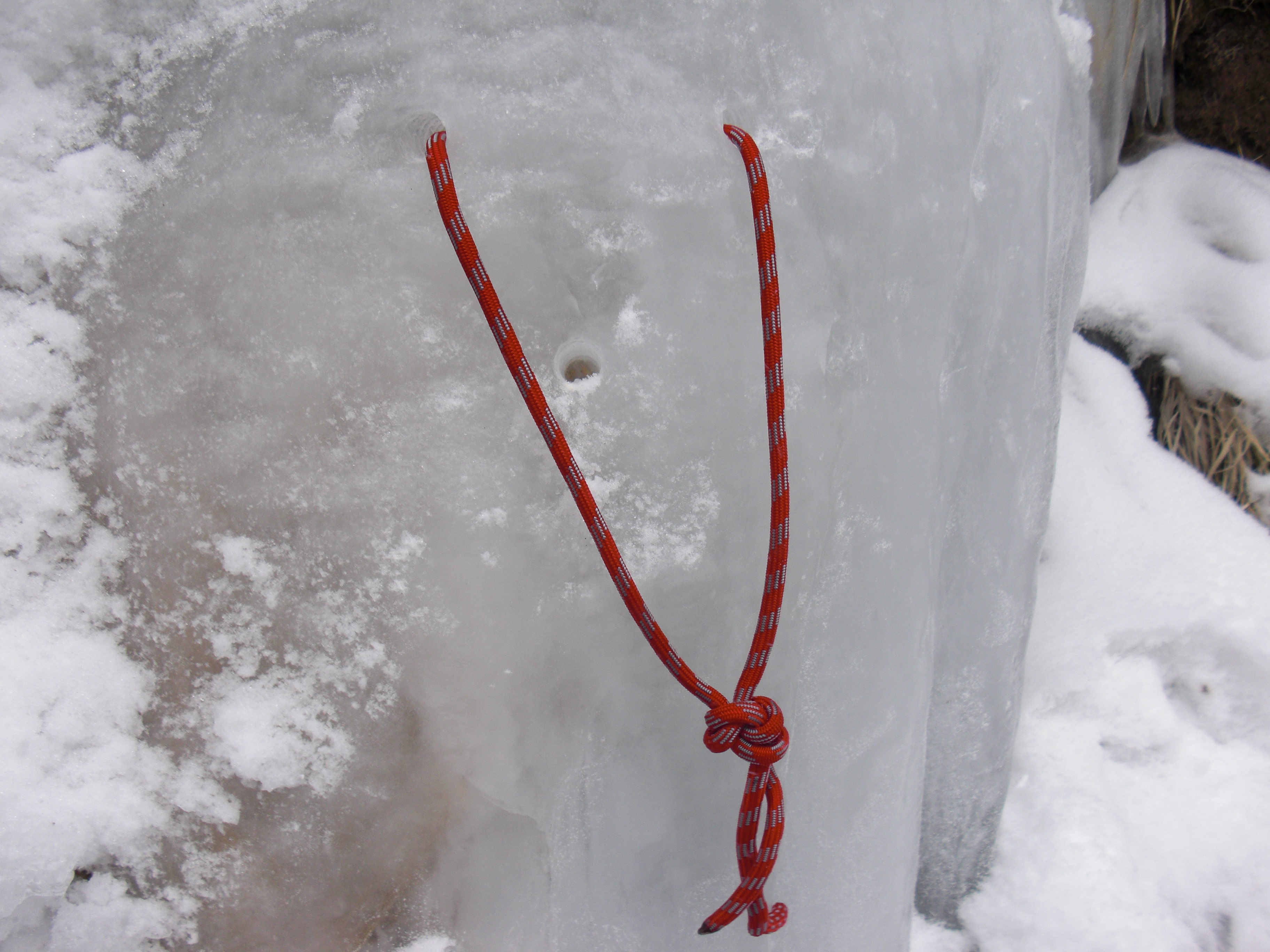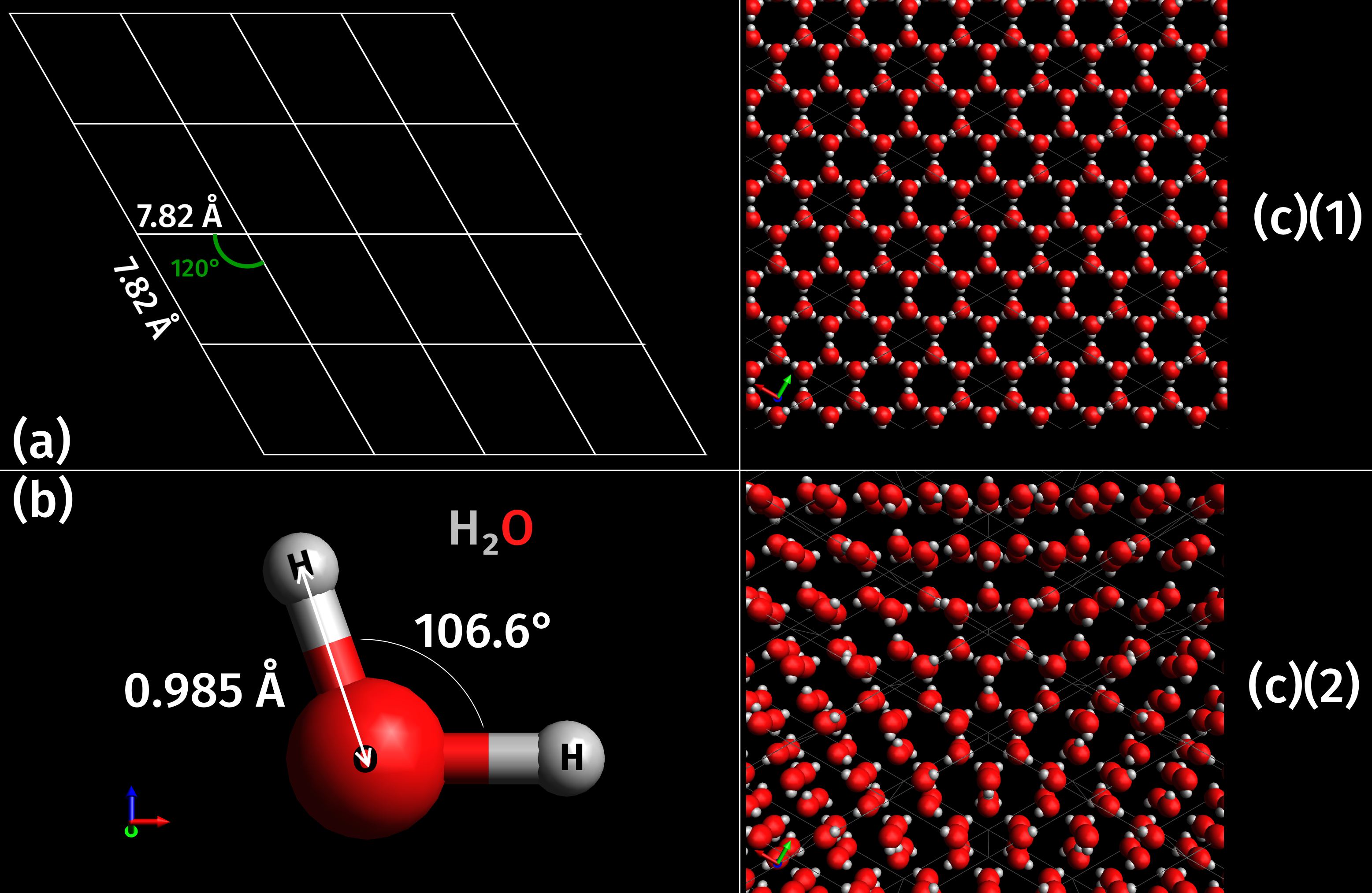|
Ice Screw
An ice screw is a threaded tubular Screw fastener, screw used as a running belay or anchor by climbing, climbers on steep ice surface such as steep waterfall ice or alpine ice during ice climbing or crevasse rescue, to hold the climber in the event of a fall, and at belays as anchor points. Design Ice screws may come with one or more of the following: an in-built or separate ratchet mechanism to speed up placement, conical centre-hole to aid removal of ice cores, different lengths, different numbers of cutting teeth, different cutting angles, different surface finishes, and different size clip holes. Price and durability are usually design considerations too, as a usable rack of ice screws will be a significant financial investment for many climbers. Many titanium ice screws were initially made in the former Soviet Union using Cold War-era missile technology, but were generally too brittle, and so the majority of ice screws are now made of 41xx steel, chromoly steel. As of 2011, ... [...More Info...] [...Related Items...] OR: [Wikipedia] [Google] [Baidu] |
International Climbing And Mountaineering Federation
The International Climbing and Mountaineering Federation, commonly known by its French name Union internationale des associations d'alpinisme (UIAA; ), was founded in August 1932 in Chamonix, France when 20 mountaineering associations met for an alpine congress. Count Charles Egmond d'Arcis, from Switzerland, was chosen as the first president and it was decided by the founding members that the UIAA would be an international federation which would be in charge of the "study and solution of all problems regarding mountaineering". The UIAA Safety Label was created in 1960 and was internationally approved in 1965 and currently (2015) has a global presence on five continents with 86 member associations in 62 countries representing over 3 million people. History The UIAA was founded in Chamonix in August 1932 by twenty mountaineering associations with the aim of "studying and solving problems related to mountaineering". One of these problems was the lack of an international scale of m ... [...More Info...] [...Related Items...] OR: [Wikipedia] [Google] [Baidu] |
Rock-climbing Equipment
Rock-climbing equipment varies with the specific type of climbing that is undertaken. Bouldering needs the least equipment outside of climbing shoes, climbing chalk and optional crash pads. Sport climbing adds ropes, harnesses, belay devices, and quickdraws to clip into pre-drilled bolts. Traditional climbing adds the need to carry a "rack" of temporary passive and active protection devices. Multi-pitch climbing, and the related big wall climbing, adds devices to assist in ascending and descending fixed ropes. Finally, aid climbing uses unique equipment to give mechanical assistance to the climber in their upward movement (e.g. aiders). Advances in equipment are a key part of the rock climbing history, starting with the climbing rope. Modern devices enable climbers to perform tasks previously done manually, with greater control – in all conditions – and with less effort. Examples of replacements include the harness (replaced tying the rope around the waist), th ... [...More Info...] [...Related Items...] OR: [Wikipedia] [Google] [Baidu] |
European Space Agency
The European Space Agency (ESA) is a 23-member International organization, international organization devoted to space exploration. With its headquarters in Paris and a staff of around 2,547 people globally as of 2023, ESA was founded in 1975 in the context of European integration. Its 2025 annual budget was €7.7 billion. The ESA Human and Robotic Exploration programme includes human spaceflight (mainly through participation in the International Space Station programme); as well as the launch and operation of missions to Mars and Moon. Further activities include science missions to Jupiter, Mercury, the Sun, Earth observation, Asteroid impact avoidance and Telecommunications missions, designing launch vehicles; and maintaining Europe's Spaceport, the Guiana Space Centre at Kourou (French Guiana). Further programmes include space safety, satellite navigation, applications and commercialisation. The main European launch vehicle Ariane 6 is operated through Arianespace ... [...More Info...] [...Related Items...] OR: [Wikipedia] [Google] [Baidu] |
Rosetta (spacecraft)
''Rosetta'' was a space probe built by the European Space Agency that launched on 2 March 2004. Along with ''Philae'', its lander module, ''Rosetta'' performed a detailed study of comet 67P/Churyumov–Gerasimenko (67P). During its journey to the comet, the spacecraft performed flybys of Earth, Mars, and the asteroids 21 Lutetia and 2867 Šteins. It was launched as the third cornerstone mission of the ESA's Horizon 2000 programme, after ''SOHO' Cluster'' and '' XMM-Newton''. On 6 August 2014, the spacecraft reached the comet and performed a series of manoeuvers to eventually orbit the comet at distances of . On 12 November, its lander module ''Philae'' performed the first successful landing on a comet, though its battery power ran out two days later. Communications with ''Philae'' were briefly restored in June and July 2015, but due to diminishing solar power, ''Rosetta'' communications module with the lander was turned off on 27 July 2016. On 30 September 2016, the ''Rosett ... [...More Info...] [...Related Items...] OR: [Wikipedia] [Google] [Baidu] |
Abseil
Abseiling ( ; ), also known as rappelling ( ; ), is the controlled descent of a steep slope, such as a rock face, by moving down a rope. When abseiling, the person descending controls their own movement down a static or fixed rope, in contrast to lowering off, in which the rope attached to the person descending is paid out by their belayer. Description The technique is used by climbers, mountaineers, cavers, canyoners, search and rescue and rope access technicians to descend cliffs or slopes when they are too steep or dangerous to descend without protection. Many climbers use this technique to protect established anchors from damage. Rope access technicians also use this as a method to access difficult-to-reach areas from above for various industrial applications like maintenance, construction, inspection and welding. To descend safely, abseilers use a variety of techniques to increase the friction on the rope to the point where it can be controlled comfortably. T ... [...More Info...] [...Related Items...] OR: [Wikipedia] [Google] [Baidu] |
Abalakov Thread
250px, Abseiling with an Abalakov thread The Abalakov thread, also known as a V-thread, A-thread, or 0-thread (zero thread), is an ice protection technique named after its inventor, Soviet climber Vitaly Abalakov. The Abalakov thread is a common method of protecting oneself while ice climbing because it is easy to create, does not require the sacrifice of expensive gear, and can be very safe when used properly. An Abalakov thread is often used in multi-pitch ice climbing routes. Because of its safety and convenience, the Abalakov thread is considered one of the most significant innovations in ice climbing. It significantly expanded the scope of possible routes and abseiling safety. Description An Abalakov thread can be constructed using an ice screw, of appropriate strength cord or webbing, and hook-like Abalakov threading device. Two holes are drilled in the ice, which interconnect at the ends to form a v-like channel in the ice. The cord or webbing is then threaded throu ... [...More Info...] [...Related Items...] OR: [Wikipedia] [Google] [Baidu] |
Ice Climber Grotto Falls Canmore
Ice is water that is frozen into a solid state, typically forming at or below temperatures of 0 ° C, 32 ° F, or 273.15 K. It occurs naturally on Earth, on other planets, in Oort cloud objects, and as interstellar ice. As a naturally occurring crystalline inorganic solid with an ordered structure, ice is considered to be a mineral. Depending on the presence of impurities such as particles of soil or bubbles of air, it can appear transparent or a more or less opaque bluish-white color. Virtually all of the ice on Earth is of a hexagonal crystalline structure denoted as ''ice Ih'' (spoken as "ice one h"). Depending on temperature and pressure, at least nineteen phases ( packing geometries) can exist. The most common phase transition to ice Ih occurs when liquid water is cooled below (, ) at standard atmospheric pressure. When water is cooled rapidly (quenching), up to three types of amorphous ice can form. Interstellar ice is overwhelmingly low-density amorphous ice (LDA), ... [...More Info...] [...Related Items...] OR: [Wikipedia] [Google] [Baidu] |
Ice Axe
An ice axe is a multi-purpose hiking and climbing tool used by mountaineers in both the ascent and descent of routes that involve snow or ice covered (e.g. ice climbing or mixed climbing) conditions. Its use depends on the terrain: in its simplest role it is used like a walking stick, with the mountaineer holding the head in the center of their uphill hand. On steep terrain it is swung by its handle and embedded in snow or ice for security and an aid to traction. It can also be buried pick down, the rope tied around the shaft to form a secure anchor on which to bring up a second climber, or buried vertically to form a stomp belay. The adze is used to cut footholds, as well as scoop out compacted snow to bury the axe as a belay anchor. History The ice axe of today has its roots in the long-handled alpenstock that came before it. Not only is an ice axe used as a climbing aid, but also as a means of self-arrest in the event of a slip downhill. Most ice axes meet design a ... [...More Info...] [...Related Items...] OR: [Wikipedia] [Google] [Baidu] |
Fall Factor
In lead climbing using a dynamic rope, the fall factor (''f'') is the ratio of the height (''h'') a climber falls before the climber's rope begins to stretch and the rope length (''L'') available to absorb the energy of the fall, :f = \frac. It is the main factor determining the violence of the forces acting on the climber and the gear. As a numerical example, consider a fall of 20 feet that occurs with 10 feet of rope out (i.e., the climber has placed no protection and falls from 10 feet above the belayer to 10 feet below—a factor 2 fall). This fall produces far more force on the climber and the gear than if a similar 20 foot fall had occurred 100 feet above the belayer. In the latter case (a fall factor of 0.2), the rope acts like a bigger, longer rubber band, and its stretch more effectively cushions the fall. Sizes of fall factors The smallest possible fall factor is zero. This occurs, for example, in top-rope a fall onto a rope with no slack. The rope stretches, so ... [...More Info...] [...Related Items...] OR: [Wikipedia] [Google] [Baidu] |




